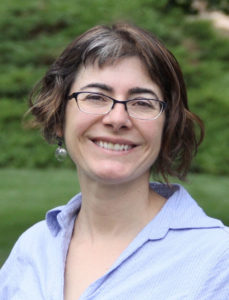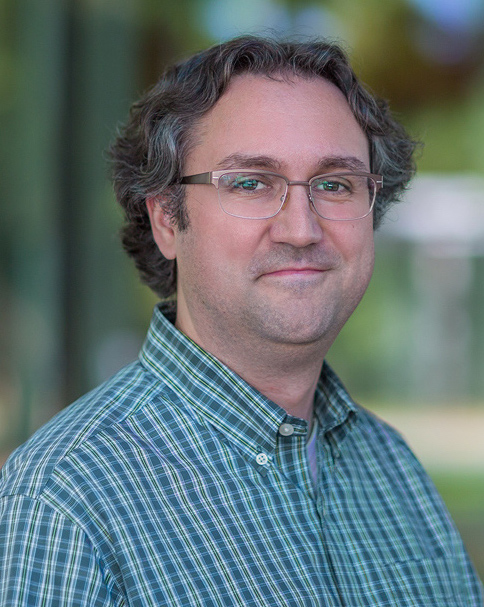About the Authors
|
Stephanie V. Chasteen, Ph.D. is the Associate Director of the Science Education Initiative at the University of Colorado Boulder. She first joined the initiative in 2007 as a postdoctoral fellow. A physicist by training, Dr. Chasteen’s first position in the SEI was as a Science Teaching Fellow (STF) in the physics department, helping to transform upper-division physics courses. She then worked as the SEI outreach director, creating many of the video resources on the use of clickers and peer instruction which are still widely used. Her current work focuses on supporting and researching department-based educational change initiatives. She is the PI of the Transforming Education, Stimulating Teaching and Learning Excellence (TRESTLE) project at CU Boulder, a 7-institution NSF-funded project to build on the SEI model. She is also an experienced and active consultant, providing evaluation services to institutional change projects (http://chasteenconsulting.com). Dr. Chasteen credits the SEI with giving her expertise and a career pathway into teaching and learning, and a lifelong passion for understanding how faculty and departments engage in using effective teaching practices. |
|
|
Warren J. Code, Ph.D. is the Associate Director of the Science Centre for Learning and Teaching (skylight.science.ubc.ca) at the University of British Columbia (UBC). He first joined the Carl Wieman Science Education Initiative (CWSEI) at UBC in 2010 as a postdoctoral Science Teaching and Learning Fellow in the Mathematics Department. In 2013, he moved to Skylight, the permanent unit in UBC’s Faculty of Science which is an accomplished example of a discipline-based teaching and learning centre. He was the acting director for the CWSEI in its final years, and has advised universities interested in the SEI model from several countries by email, hosted visits, travel, and participation in TRESTLE (see above). Along the way, he has published work related to active learning and student attitudes in undergraduate mathematics, as well as results related to the CWSEI’s overall success. |
|



